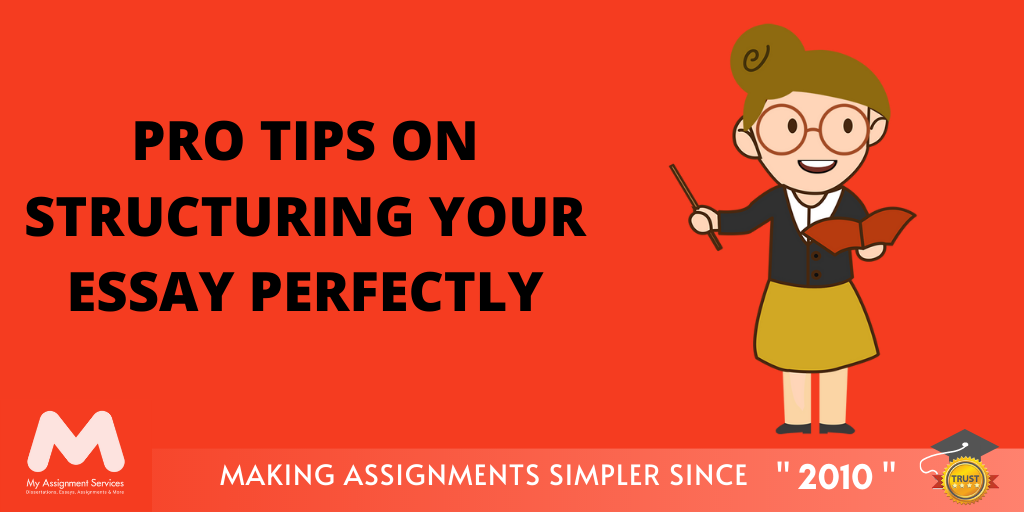
Do you have to write an essay? Are you stumped as to where to begin?
What do you think an academic essay can be? An academic essay is a structured piece of writing that uses analysis, facts, and interpretation to make a concept or argument.
As a student, you may be required to write a variety of essays. An essay's content and length are determined by your academic level, subject of study, and course requirements. On the other hand, most university essays are argumentative in nature, attempting to persuade the reader of a specific viewpoint or point of view on a topic.

The essay writing process is divided into three stages:
- Preparation: Prepare by deciding on a topic, conducting research, and drafting an essay outline.
- Writing: Begin with an introduction, then establish your argument with evidence in the main body, and finish with a conclusion.
- Revision: Double-check your essay's structure, organisation, punctuation, spelling, and formatting.
You don't have to be scared by essays and writing assignments if you don't consider yourself a wordsmith. You will find it easier to write down your views on any subject once you have learned the basic processes and the most popular patterns.
All Types Of Essays Follow A Similar Structure
Essays can take a variety of forms. The following are the most prevalent types:
- Narrative Essay: A narrative essay is a piece of writing that tells a tale from a specific point of view.
- Descriptive essay: Descriptive essays accomplish precisely what their name implies: they describe something in great detail, whether it's an event, phenomenon, or something else.
- Expository essay: A topic is explained, illustrated, or clarified in an expository essay. Instructional pieces with step-by-step instructions are also included.
- Persuasive Essay: This sort of essay attempts to persuade the reader to adopt a particular viewpoint or opinion.
- Problem-Solution Essay: This essay focuses on a problem, persuades the reader to care about it, proposes a solution, and addresses any potential objections.
- Compare and Contrast Essay: This form of writing identifies how similar or dissimilar two or more items are.
Despite the fact that essays cover a wide range of themes and goals, they all follow a similar format. When we talk about essay structure, we're talking about how the essay looks on the page and the precise paragraphs that help to achieve that appearance
When you look at an essay, you'll notice that it's divided into paragraphs. Because new paragraphs are indented, it's easy to discern where they start. The "Tab" button in Word is used to create an indentation. The indentation in APA should be 0.5", which is MS Word's default. This default can be useful if your indentation appears to be too large or short.
Introduction, body, and conclusion are the three types of paragraphs that make up an essay structure.
Introduction
The first paragraph of an essay is the introduction. Its objective is to introduce the readers to the essay's topic and to convey the essay's main point. Long assignments may require more than one paragraph for the beginning, but for the most part, your academic coursework will only require one paragraph.
Even shorter assignments and discussion postings benefited from an introductory paragraph. Regardless of the length of the final article, your reader requires this background knowledge.
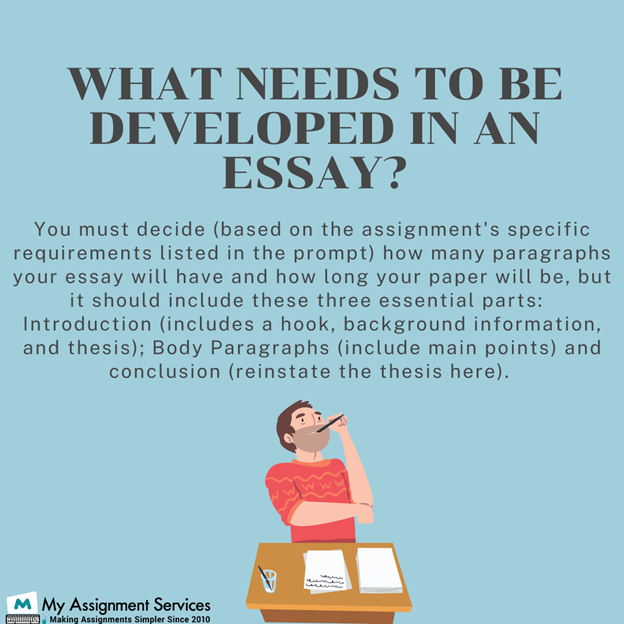
Body Paragraph
The majority of the essay is made up of body paragraphs. The number of body paragraphs in an essay might range from three to ten. The amount of body paragraphs is determined by the assignment's objective and length requirements.
However, there are a few traits that all body paragraphs have in mind.
- Each paragraph in the body focuses on a single key perspective. Paragraphs can be thought of as parts of a larger essay. Every piece is a component of a greater whole.
- Each body paragraph is logically organised. Each paragraph should appear in chronological sequence if you're drafting a paper about a historical event. If you're drafting a plan to enhance a law, it's logical to arrange paragraphs according to the measures that must be taken.
- Every body paragraph is linked to the thesis of the essay or primary idea/topic. It is critical that every body paragraph contributes to the development of the essay's core argument, and almost none of them stray from it.
Conclusion
The last paragraph of the assignment is the conclusion. This is the section of the essay when you tie up the essay's ideas and conclude with a concluding point. Even brief assignments and discussion pieces, like introductions, benefit from a conclusion at the end.
The Best Essay Structure Example
Title: The growth of the Braille system in the 19th Century.
Background: Braille's development marked a watershed moment in the history of disability. Louis Braille invented the raised-dot writing technique for visually impaired persons in nineteenth-century France. Blindness was stigmatised in a society that did not esteem disabled persons in general, and the inability to read and write was a severe obstacle to social engagement. Tactile reading was not a completely novel concept, but prior approaches based on visual systems were difficult to learn and apply.
Thesis: Braille was a revolutionary new accessibility tool since it was the first writing system designed specifically for the needs of blind people. It not only brought practical benefits but also aided in changing the perception of blindness in society.
Signposting (brief overview of essay structure): The plight of blind individuals in nineteenth-century Europe is discussed first in this essay. It then goes on to explain how Braille was created and how it came to be accepted in blind education over time. Following that, it delves into the broad implications of this invention just on the social and cultural lives of people who are blind.
Body paragraphs: Blind persons had a significant disadvantage in nineteenth-century society due to a lack of access to learning to read. Individuals interacted with culture, interacted with others, and obtained information through text; blind people were barred from social engagement due to a lack of a well-built system of reading that did not depend on sight. While people with disabilities were discriminated against in general, blindness was often seen as the greatest disability, and it was frequently assumed that blind individuals were not able to pursue a career or improve themselves via culture.
This indicates the centrality of reading and writing to social standing at the time: it was thought impossible to participate in society without access to text properly. Blind people were not only barred from the visible world, but they were also completely reliant on them for knowledge and education.
Debates in France on how to cope with disabilities resulted in the adoption of various strategies over time. While people with momentary problems may seek help from the government, people with long-term disabilities, including hearing or vision loss, were often grouped together in institutions. Initially, a cooperative institute for the blind and deaf was established, and while the collaboration was driven more by financial concerns than about the residents' well-being, the institution aspired to assist people in developing skills that would be useful to society.
Conclusion: Braille sets the door for significant societal shifts in how blind people are being treated and the possibilities they have. Louis Braille's breakthrough was to reinvent existing reading systems from the viewpoint of the blind, and the invention's effectiveness necessitated sighted teachers adapting to their students' realities rather than the other way around. Braille aided broader social transformations in the status of blindness in this way. New accessibility tools benefit individuals who require them, but they also have the potential to transform the viewpoints and attitudes of others who do not.
This is one such common essay structure example. Similarly, you can write more!
The Bottom Line
If you remember these pointers and the essay structure example, writing an essay will become a lot easier for you, and your writing (in general) will improve.
Keep practising, and you'll discover that putting your thoughts on paper and presenting a coherent piece to your audience becomes much easier.
Was this article useful to you? If you find any sort of difficulty with writing an essay, feel free to avail our essay writing help. Our mentors will assist you from scratch. If you want to take individualised sessions, then just book our essay assistance now by filling out the form.
Related Study Materials
Our Experts can answer your Assignment questions instantly.
Ask Question0 Comment
Get It Done! Today
1,212,718Orders
4.9/5Rating
5,063Experts





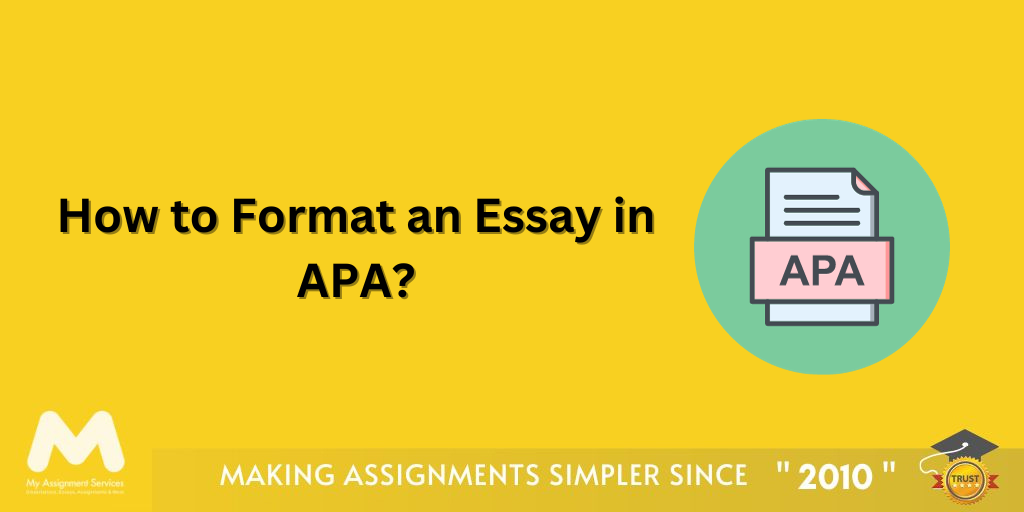
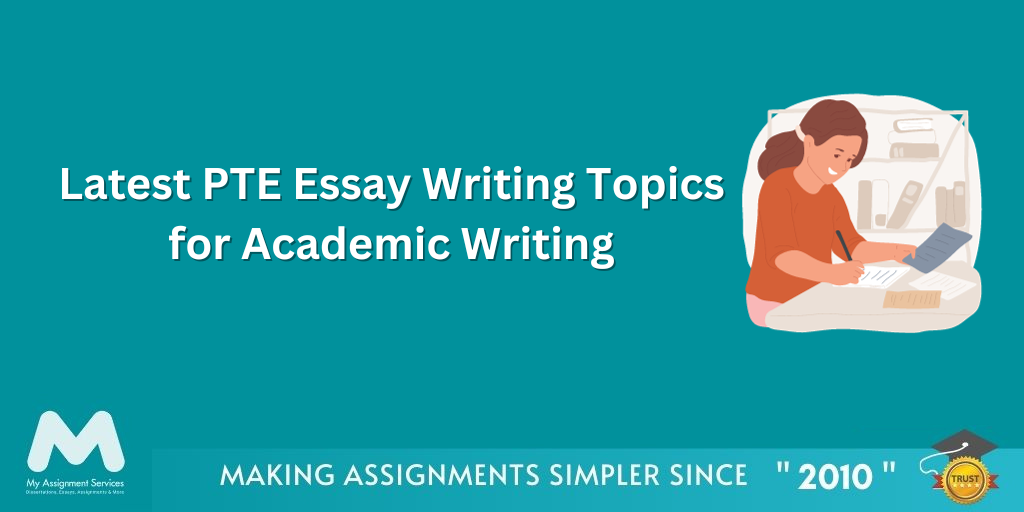
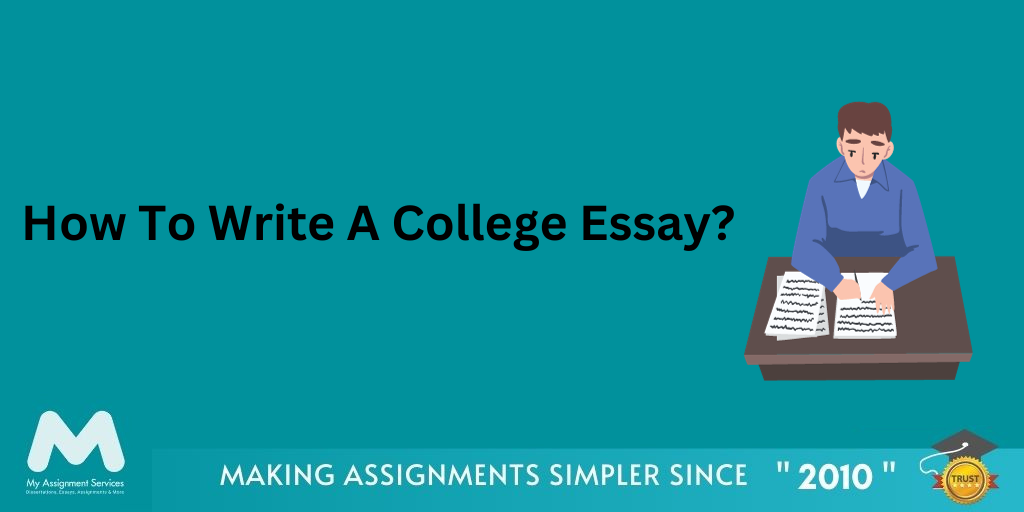





Loved reading this Blog? Share your valuable thoughts in the comment section.
Add comment